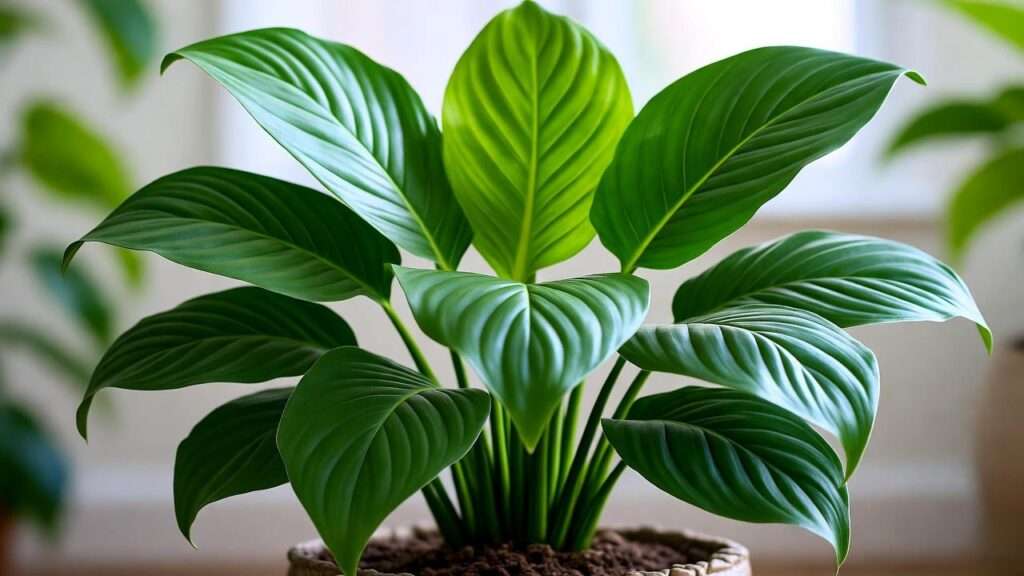Imagine transforming your home or garden into a tropical paradise with the lush, vibrant batana plant! Known for its glossy green leaves and versatile uses, the batana plant (Elaeis oleifera) is a must-have for plant enthusiasts seeking beauty and functionality. Whether you’re a beginner or a seasoned gardener, this comprehensive guide will equip you with expert tips to grow and maintain a thriving batana plant. From ideal growing conditions to troubleshooting common issues, we’ve got you covered with practical, actionable advice to ensure your plant flourishes. Let’s dive into the world of batana plant care and unlock its full potential! 🌴
What Is the Batana Plant? 🌴
The batana plant, scientifically known as Elaeis oleifera, is a close relative of the American oil palm, native to the tropical regions of Central and South America. This stunning plant is prized for its compact growth, vibrant foliage, and fruit, which yields valuable batana oil.
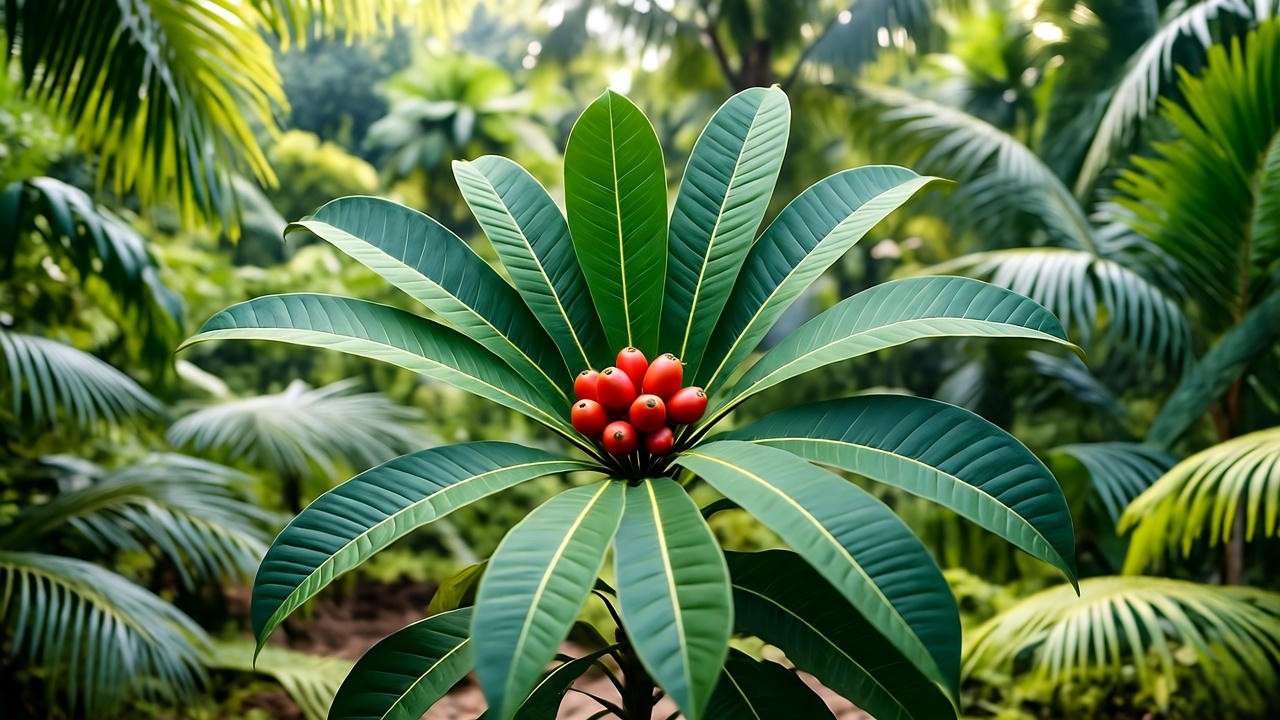
Botanical Overview
The batana plant thrives in warm, humid climates, typically found in rainforests or coastal areas. Its fan-like leaves and sturdy trunk make it a striking addition to gardens or indoor spaces. Unlike its cousin, the African oil palm, the batana plant is smaller, making it ideal for home cultivation. Its fruit, rich in oils, has been used for centuries by indigenous communities for hair, skin, and culinary purposes.
Why Grow the Batana Plant?
Why choose the batana plant? For starters, its lush greenery adds a tropical vibe to any space, indoors or out. Beyond aesthetics, batana oil extracted from its fruit is a natural powerhouse for hair growth, skin hydration, and even cooking (when processed safely). Environmentally, batana plants purify the air and support biodiversity when grown outdoors. According to Dr. Maria Torres, a tropical plant specialist, “The batana plant’s versatility and low-maintenance nature make it a rising star in sustainable gardening.”
LSI Keywords: tropical plants, batana oil benefits, ornamental plants, eco-friendly gardening.
Ideal Growing Conditions for the Batana Plant ☀️
To ensure your batana plant thrives, replicating its natural tropical habitat is key. Here’s how to create the perfect environment.
Light Requirements
Batana plants love bright, indirect light when grown indoors, mimicking the dappled sunlight of their rainforest origins. Outdoors, they prefer partial shade to avoid leaf scorch. Place indoor plants near east- or west-facing windows, and for outdoor plants, choose a spot with morning sun and afternoon shade. If you notice leggy growth, increase light exposure gradually.
Soil Preferences
A well-draining, nutrient-rich soil mix is essential. Combine loam, peat, and perlite or sand for optimal drainage. Aim for a slightly acidic to neutral pH (6.0–7.0). Avoid heavy, clay-based soils that retain water, as they can lead to root rot. Adding organic compost boosts nutrient availability, promoting lush foliage.
Temperature and Humidity
Batana plants thrive in temperatures between 70–85°F (21–29°C). They can tolerate brief dips to 60°F (15°C) but struggle in colder climates. High humidity (50–70%) is crucial, especially for indoor plants. Use a humidifier, pebble tray, or regular misting to maintain moisture levels. In dry climates, grouping plants together can create a humid microclimate.
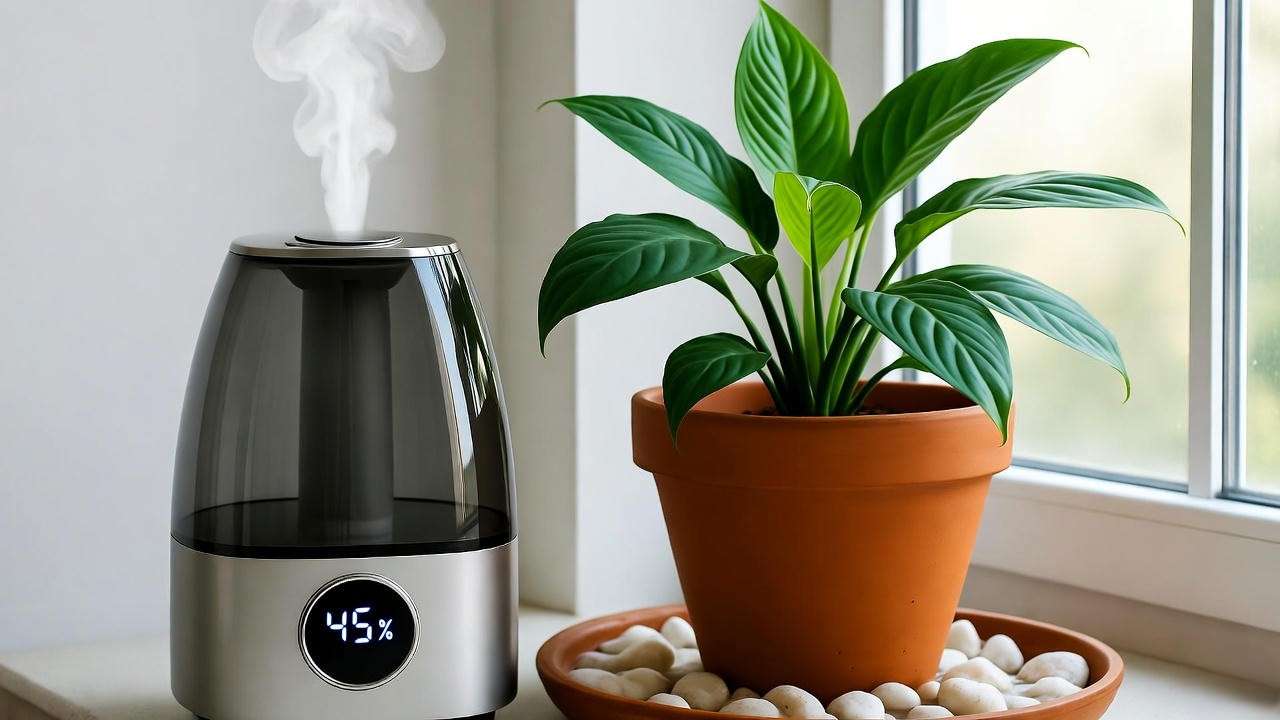
Watering Needs
Water consistently but avoid soggy soil. Allow the top inch of soil to dry out between waterings, typically every 7–10 days for indoor plants and more frequently outdoors in hot weather. Overwatering is a common mistake—watch for yellowing leaves or mushy roots as warning signs. Use a pot with drainage holes to prevent water buildup.
Tip Box:
- Light: 6–8 hours of bright, indirect light daily.
- Soil: Loam + perlite + compost for drainage and nutrients.
- Temperature: Keep above 60°F (15°C).
- Humidity: Aim for 50–70% with misting or a humidifier.
- Water: Check soil moisture before watering to avoid root rot.
LSI Keywords: plant care tips, tropical plant growing conditions, batana plant watering.
Planting and Propagating the Batana Plant 🌱
Whether you’re starting from seed or transplanting, proper planting techniques set the stage for a healthy batana plant.
Choosing the Right Container or Garden Space
For indoor batana plants, select a pot 12–16 inches in diameter with drainage holes to accommodate root growth. Terracotta or ceramic pots work well, as they allow airflow. Outdoors, ensure at least 3–5 feet of space between plants to prevent crowding. Choose a spot with good air circulation to reduce pest risks.
Propagation Methods
Batana plants are primarily propagated through seeds, though cuttings are possible with patience.
- Seed Germination: Soak seeds in warm water for 24 hours to soften the outer shell. Plant in a seed-starting mix, keeping soil moist and warm (75–80°F). Germination can take 2–3 months, so be patient!
- Cuttings: Take a 6-inch stem cutting from a healthy plant, remove lower leaves, and place in water or moist soil. Rooting takes 4–6 weeks with consistent humidity.
Challenges include slow germination and low cutting success rates, so maintain optimal conditions.
Transplanting Tips
Repot indoor batana plants every 1–2 years or when roots become crowded. For outdoor plants, transplant in spring to minimize stress. Water thoroughly after transplanting and avoid direct sunlight for a week to reduce shock.
Example: Sarah, a home gardener in Florida, successfully propagated her batana plant from seeds after maintaining consistent warmth and humidity. “It took three months, but seeing those first sprouts was worth it!” she shared.
LSI Keywords: batana plant propagation, seed germination, transplanting tropical plants.
Ongoing Care and Maintenance 🧑🌾
Consistent care keeps your batana plant healthy and vibrant year-round.
Fertilizing the Batana Plant
Feed your batana plant with a balanced, water-soluble fertilizer (10-10-10 or 20-20-20) every 4–6 weeks during the growing season (spring and summer). Reduce feeding to every 2–3 months in fall and winter. Organic options like fish emulsion or compost tea work well for eco-conscious gardeners. Avoid over-fertilizing, which can cause leaf burn.
Pruning and Grooming
Regular pruning keeps your batana plant tidy and healthy. Use clean, sharp shears to remove yellow or damaged leaves at the base. Trim sparingly to maintain the plant’s natural shape. Wipe leaves with a damp cloth to remove dust and enhance photosynthesis.
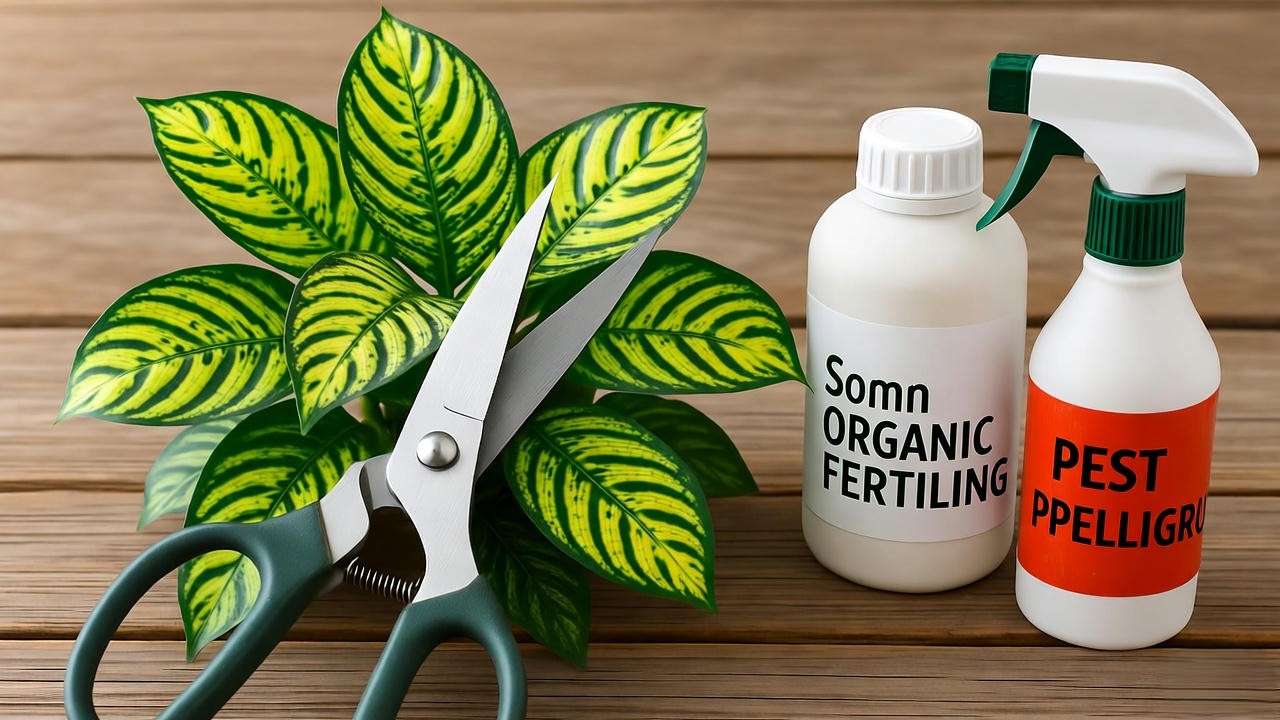
Pest and Disease Management
Common pests include spider mites and scale insects, which thrive in dry conditions. Inspect leaves regularly for webbing or sticky residue. Treat with neem oil or insecticidal soap for organic control, or use a targeted pesticide for severe infestations. Prevent diseases like root rot by ensuring proper drainage and avoiding overwatering.
Expert Tip: Mix 1 tsp neem oil, 1/2 tsp dish soap, and 1 quart water for a natural pest-repellent spray. Apply weekly until pests are gone.
LSI Keywords: plant pest control, batana plant maintenance, organic gardening.
Troubleshooting Common Batana Plant Problems 🐞
Even with the best care, batana plants can face challenges. Here’s how to diagnose and fix common issues to keep your plant thriving.
Yellowing Leaves
Yellow leaves often signal overwatering, nutrient deficiency, or insufficient light.
- Overwatering: Check soil moisture. If soggy, reduce watering and ensure proper drainage. Repot if root rot is suspected.
- Nutrient Deficiency: Apply a balanced fertilizer to replenish nitrogen, potassium, or magnesium.
- Light Issues: Move the plant to a brighter spot with indirect light.
Test soil pH and adjust to 6.0–7.0 if needed. Monitor for a week to assess improvement.
Slow Growth or Wilting
If your batana plant is growing slowly or wilting, consider these factors:
- Temperature Stress: Ensure temperatures stay above 60°F (15°C). Move indoor plants away from cold drafts or heating vents.
- Poor Soil: Refresh soil with a nutrient-rich mix if it’s compacted or depleted.
- Root-Bound Plants: Check if roots are circling the pot. Repot into a larger container if necessary.
Water consistently and maintain humidity to revive wilting plants.
Fruit or Oil Production Issues
Batana plants may not produce fruit indoors due to limited pollination or insufficient maturity (typically 3–5 years). Outdoors, ensure pollinators like bees have access. Boost fruit yield by:
- Providing ample sunlight and nutrients.
- Maintaining consistent watering during fruiting season.
- Hand-pollinating if natural pollinators are scarce.
If oil production is your goal, consult a local agricultural expert for safe extraction methods.
FAQ Section:
- Why is my batana plant drooping? Drooping often indicates underwatering or low humidity. Increase watering frequency slightly and mist leaves daily.
- Can batana plants survive winter indoors? Yes, with proper light, warmth, and humidity, they thrive indoors year-round.
LSI Keywords: batana plant troubleshooting, yellow leaves, plant health issues.
Creative Uses for the Batana Plant 🌺
The batana plant is more than just a pretty face—it’s a versatile addition to your home and lifestyle.
Ornamental Applications
Batana plants shine in both indoor and outdoor settings. Indoors, place them in decorative pots to accentuate living rooms or patios. Outdoors, use them as focal points in tropical garden beds or as natural borders. Pair with companion plants like ferns, calatheas, or peace lilies for a lush, cohesive look. Their vibrant foliage complements modern and bohemian decor styles alike.
Batana Oil Extraction and Uses
Batana oil, derived from the plant’s fruit, is a treasure for natural beauty enthusiasts. While commercial extraction requires specialized equipment, home gardeners can try small-scale methods:
- Harvest ripe batana fruit (red or orange in color).
- Boil the fruit to soften, then press to extract oil.
- Filter the oil through cheesecloth and store in a dark, cool place.
Use batana oil sparingly for hair growth, skin hydration, or as a carrier oil in DIY cosmetics. Safety Note: Always patch-test on skin and consult a professional before consuming.
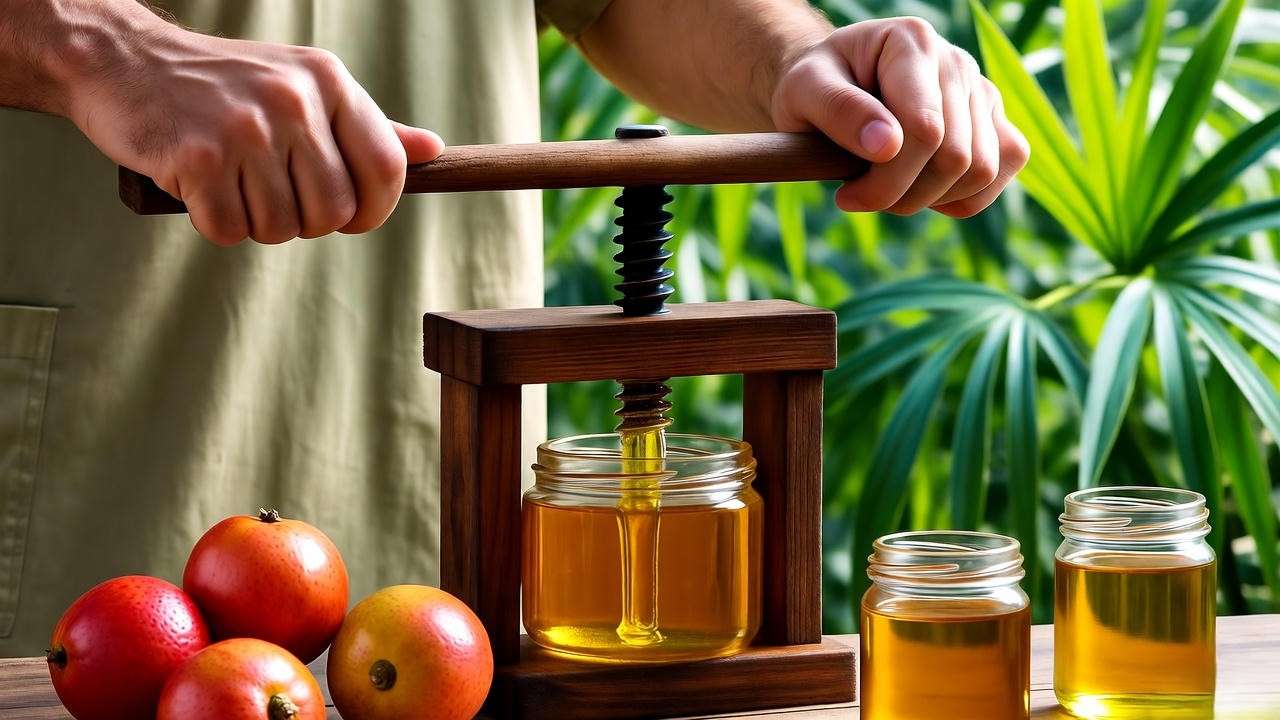
Sustainable Gardening
Batana plants support eco-friendly gardening by improving soil health and attracting pollinators. Their deep roots prevent erosion in outdoor settings, and their air-purifying qualities enhance indoor environments. Growing batana plants aligns with sustainable practices, as they require minimal chemical inputs when cared for organically.
Case Study: A community garden in Costa Rica incorporated batana plants into their landscape, using the foliage for shade and the oil for local haircare products. The project boosted biodiversity and provided economic benefits.
LSI Keywords: batana oil uses, sustainable gardening, tropical garden design.
Seasonal Care Tips for Batana Plants 🍂
Adapting care to the seasons ensures your batana plant stays healthy year-round.
Spring and Summer Care
These are the batana plant’s active growing seasons. Maximize growth by:
- Increasing watering to keep soil consistently moist.
- Fertilizing monthly with a balanced formula.
- Moving outdoor plants to partial shade during intense summer heat.
Indoors, rotate pots every few weeks for even light exposure.
Fall and Winter Care
In cooler months, batana plants enter a semi-dormant phase. Adjust care as follows:
- Reduce watering to every 10–14 days, checking soil dryness.
- Stop fertilizing or feed sparingly (every 2–3 months).
- Protect outdoor plants with mulch or frost cloth if temperatures drop below 60°F.
For indoor plants, maintain humidity with a pebble tray or humidifier to combat dry winter air.
Tip Box:
- Spring/Summer: Water weekly, fertilize monthly, ensure bright light.
- Fall/Winter: Water sparingly, protect from cold, boost humidity indoors.
LSI Keywords: seasonal plant care, batana plant winter care, tropical plant maintenance.
Expert Tips for Advanced Batana Plant Care 🌟
Ready to take your batana plant care to the next level? These advanced strategies will help you maximize growth and longevity.
Optimizing Growth for Larger Yields
To boost leaf and fruit production:
- Use a slow-release fertilizer with micronutrients like magnesium and iron.
- Prune strategically to encourage bushier growth, removing only 10–15% of foliage at a time.
- Monitor soil moisture with a meter for precision watering.
Outdoor plants benefit from organic mulch to retain moisture and enrich soil.
Companion Planting
Batana plants pair well with shade-loving tropicals like hostas or bromeliads, which share similar soil and humidity needs. Avoid planting near aggressive species like bamboo, which can compete for resources. Companion plants also deter pests naturally—marigolds, for example, repel spider mites.
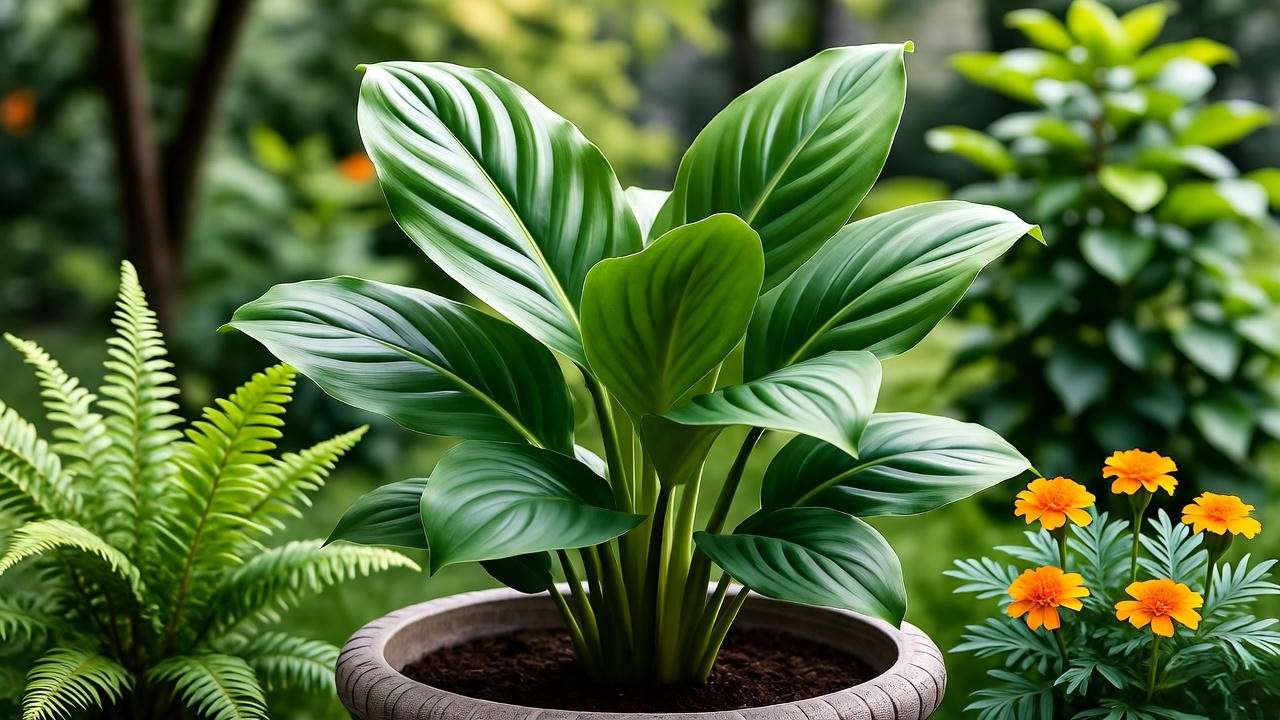
Long-Term Maintenance
For plants over 3–5 years old, focus on root health and structural stability. Repot every 2–3 years to refresh soil and prevent root-binding. Outdoor plants may need staking to support heavy fruit loads. If growth slows significantly, consider propagating a new plant from seeds or cuttings to replace an aging one.
Expert Quote: “Batana plants reward patience and consistency,” says Dr. Luis Rivera, a horticulturist specializing in tropical crops. “With the right care, they can thrive for decades, offering both beauty and utility.”
LSI Keywords: advanced plant care, companion planting, batana plant longevity.
Conclusion 🌿
Caring for a batana plant is a rewarding journey that brings tropical elegance and practical benefits to your home or garden. From providing the right light and soil to mastering seasonal care, this guide equips you with everything you need to grow a thriving batana plant. Whether you’re drawn to its lush foliage, sustainable qualities, or the coveted batana oil, your efforts will pay off with a healthy, vibrant plant. Start your batana plant adventure today, and share your progress in the comments or on social media—we’d love to hear your story! 🌱
FAQs ❓
- What is the batana plant used for? It’s grown for ornamental purposes and its fruit, which yields batana oil for hair, skin, and culinary uses.
- Can batana plants grow indoors year-round? Yes, with bright indirect light, high humidity, and proper care, they thrive indoors.
- How long does it take for a batana plant to produce fruit? Typically 3–5 years under optimal conditions.
- What are the most common mistakes when caring for batana plants? Overwatering, insufficient humidity, and poor light exposure are the top culprits.
- Is batana oil safe for all skin types? Generally, yes, but always patch-test to avoid allergic reactions.

